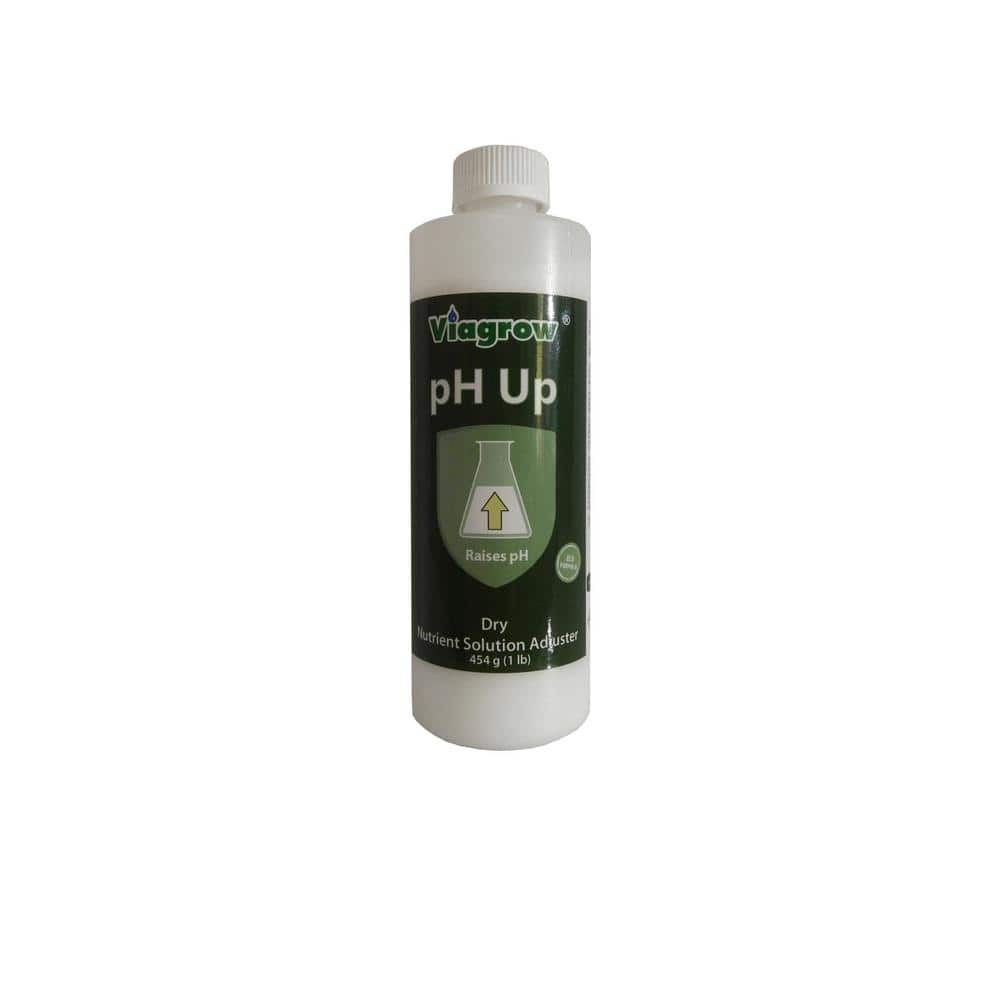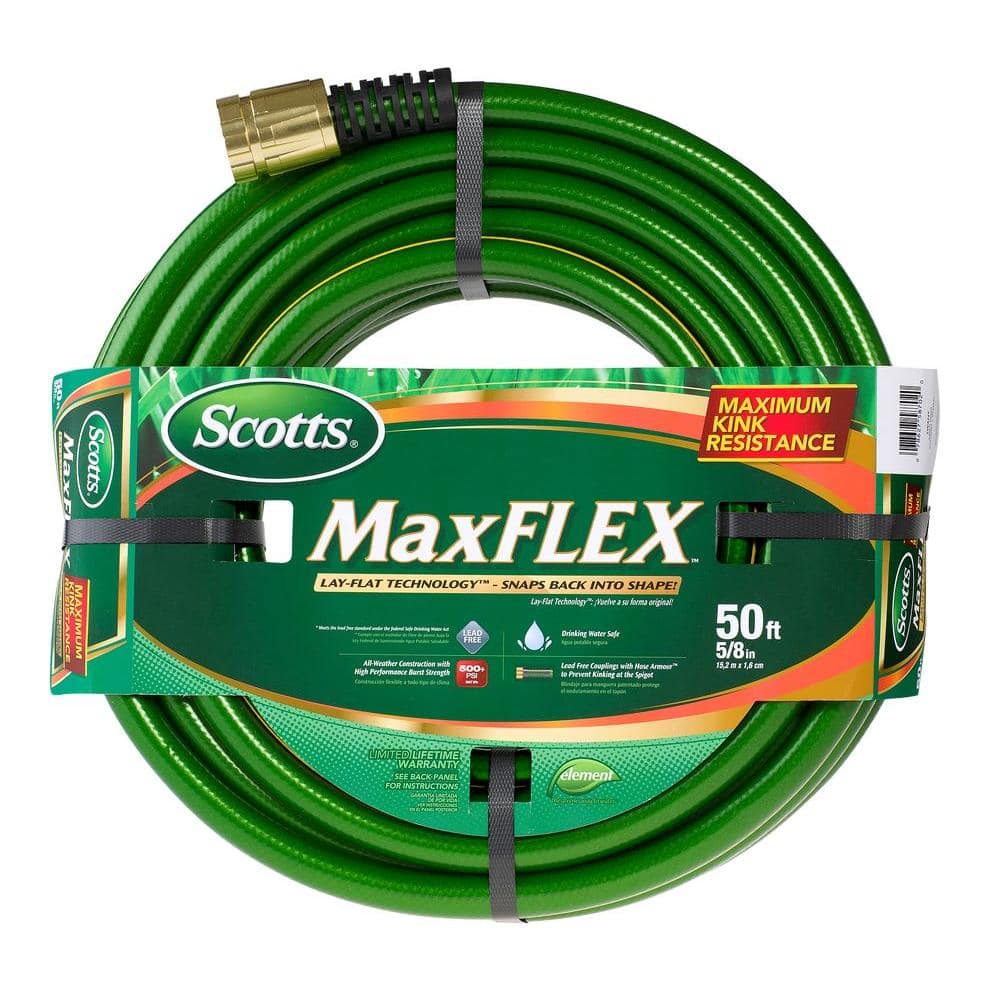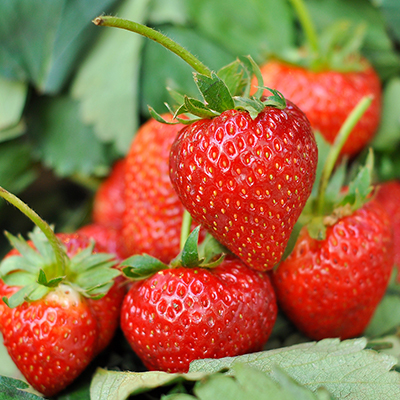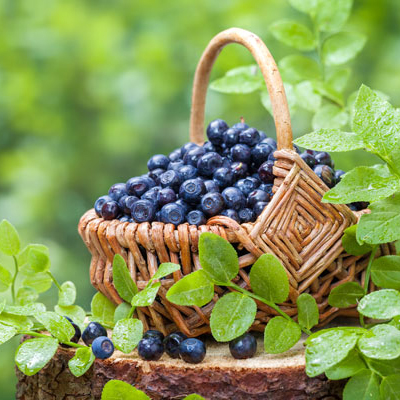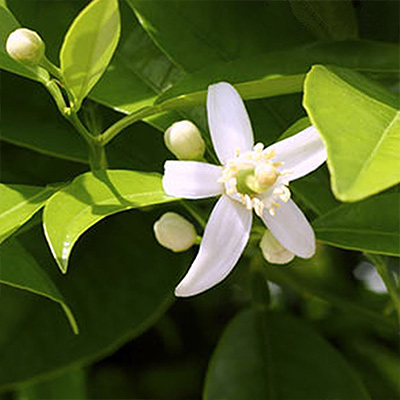How to Grow a Berry Garden in Your Backyard

Published March 22, 2024
Growing berries in your backyard is simple when you have full sun and good soil. Unlike apples and pears that grow on mature trees, you can harvest backyard fruit crops sooner when you grow berries.
To grow berries in your backyard, you'll need 6 to 8 hours of sunlight and healthy, well-draining soil.
Learn more about growing strawberries, blueberries, blackberries and raspberries. This guide highlights how to choose the best berry varieties for your garden and provides tips to make your berry growing a success.
Table of Contents
Plant Blueberry Shrubs in Spring or Fall
Tips for Growing Blueberries
Grow Strawberries in Beds or Containers
Tips for Growing Strawberries
How to Grow Blackberries and Raspberries
Harvesting Blackberries and Raspberries
Plant Blueberry Shrubs in Spring or Fall

Versatile blueberries perform well in both landscapes and containers. Choose from three types of blueberry bushes: low-growing bushes, highbush varieties and rabbit-eye blueberries, the kind bred for success in the South.
Because blueberries are not self-pollinating, you will need to plant more than one variety in your garden. In fact, with some research, you can select early, middle and late varieties that will produce successively from late spring until summer’s end.
Tips for Growing Blueberries

- Plant blueberries in early spring in colder climates, and in late fall in warmer areas. Choose a location that gets lots of sunlight, at least 6 hours, and with well-draining soil.
- Blueberries like acidic soil, so surround them with organic matter that will decompose and nourish the roots. If a soil test determines it’s too alkaline, amend with aluminum sulfate or organic matter such as decaying leaves or peat moss.
- Proper air circulation reduces disease and pest problems. Plant highbush varieties 6 feet apart so that sunlight can reach all the fruit; plant lowbush types 2 feet apart. Follow plant tag instructions when available.
- Take extra care the first year with consistent watering, and continue when fruit appears. At the first sign of fruiting, top dress with organic compost.
Blueberries aren’t bothered by a lot of pests or diseases. However, birds like blueberries (and strawberries, too), and will go after the fruit as soon as it turns sweet. Drape netting over blueberry bushes to protect the fruit. You can also plant the shrubs close to your home where increased foot traffic may discourage wildlife like birds.
Blueberries are ripe when they are plump and colored a deep blue with a dusting of gray. Any hint of red means the berry is still tart and not yet sweet. Blueberries with a bit of red or purple will ripen at room temperature after they are picked.
You can eat blueberries out of your hand, right off the bush. Blueberries also freeze well. Spread out unwashed berries (washing removes the waxy bloom that protects the berries) on a sheet pan and freeze overnight. Place frozen berries in containers or freezer bags, label and tuck away to be enjoyed later.
Grow Strawberries in Beds or Containers

There are three types of strawberries: ever-bearing, day-neutral and June-bearing. In the Garden Center, look for ever-bearing varieties that perform well in spring, summer and fall. Everbearing varieties grow best in zones 4 to 8. Everbearing strawberry plants do not send out many runners and are ideal for patios and containers.
Meanwhile, June-bearing strawberries produce all at once in early summer. June-bearing strawberries are the top choice for flavor and size, perfect for pies and dipping in chocolate, or for eating straight from the garden, warmed in the early summer sun.
Day-neutral strawberries are improved varieties of everbearing strawberries. They produce fruit throughout the growing season. Because they’re everbearing, day-neutral varieties send out few runners. Use day-neutral varieties where space is limited, but keep in mind the fruits are usually smaller than June-bearers.
Strawberries are sturdy plants that thrive in prepared beds or rows, or as edible edgings in a foodscape. You can even let them sprawl over the top of a wall. The June-bearing varieties make lovely hanging baskets, with the runners draping over the sides. Or fill a terra cotta strawberry jar with its namesake fruit for a vertical display.
As soon as the ground warms in spring, you can plant strawberries. If the ground is wet, wait for it to dry. Ideal soil for strawberries is well-draining and slightly acidic, with a pH between 5.5 to 6.8. If you have clay or sandy soil, growing in containers or raised beds may be the best solution to growing an abundant strawberry garden.
Tips for Growing Strawberries

- Set strawberry plants in soil so that their roots are covered but the crown is exposed. Follow planting instructions on the plant tag and be careful not to bury the crown, which can lead to rot.
- Surround the plants with a fine-grained mulch like straw, pine needles or shredded leaves to help retain moisture and suppress weeds. Water well, up to an inch a week or more if the weather is especially dry and hot.
- Strawberries bloom in early spring and will set fruit after pollination (another reason to create a pollinator-friendly garden). Apply an organic fertilizer every week or two during the growing season.
- In the right hardiness zone, properly planted strawberries are hardy perennials, dying back in winter and rebounding in sun-warmed soil in the spring. When runners appear, clip most of them off to encourage more fruit production.
- Get ahead of problems by choosing disease-resistant varieties and keeping the stress level low for the plants. Apply mulch for winter protection, water frequently in summer and rotate the plants to a new area of the garden every three to five years.
Strawberries are ready to pick when they turn red. Harvest berries in the cool of the morning and refrigerate until ready to eat.
How to Grow Blackberries and Raspberries

They may not be as pretty as perky strawberry plants and ornamental blueberry shrubs, but blackberries and raspberries are still popular and easy to grow. In the Garden Center and online, you’ll find trailing types that need trellising, and erect types that are self-supporting. The trailing types are called brambles.
Like all berries, brambles thrive in a full sun site with good drainage. The soil should be slightly acidic, at a pH of 6.0 to 6.5 (neutral is 7.0). Plant trailing varieties 10 feet apart in holes that are twice as wide as the root mass of the plant, fill in with plenty of organic matter and top with mulch. Smart gardeners create a trellis framework at the same time as planting.
Brambles are biennials, which means they have a two-year planting cycle. First year growth is called primocane, and initiates fruit buds in late summer or early fall. Protect these plants with a blanket of mulch or pine straw.
The second year growth, called floricane, flowers, fruits and dies. Prune away this growth at the end of the season.
Fertilize blackberries and raspberries with a 10-10-10 product twice a year, at the beginning of spring and again in early summer.
Tip: Look for new thornless blackberry and raspberry varieties in the Garden Center and online.
Harvesting Blackberries and Raspberries

The fruit is ripe and ready when its high, glossy shine dulls. Harvest berries in the morning when they’re at their juiciest and most flavorful. Like blueberries, any fruit that you do not eat right away can be frozen on sheet trays and bagged and stored in the freezer.
Bramble berries need annual pruning and are susceptible to some diseases. Reduce the impact by selecting disease-resistant varieties that are well-suited for your gardening zone. Mulching and keeping weeds down will help, too.
In the Garden Center and online, look for patio containers of blueberries, blackberries and raspberries. These are compact varieties that grow 2 to 4 feet high. Thornless berry varieties are available, as well.
Washing and Storing Berries

If you don’t plan to eat your berries immediately, pop them, unwashed, in a food storage container. Line it with paper towels and place the berries in a single layer to avoid crushing.
Rest the lid on top without sealing it. A tight-fitting lid can speed up ripening. Put the container in the crisper drawer of your refrigerator. The berries will typically keep for five to seven days.
When you’re ready to enjoy the berries, place them in a colander and thoroughly rinse them. Put the berries in a salad spinner lined with paper towels to remove extra water.
Freezing Berries

If you have a big harvest, you can freeze berries to enjoy in the future. To do so, put the berries on a baking sheet in a single layer. Slide the baking sheet into the freezer.
Once the berries feel hard, transfer them to freezer bags. Use a permanent marker to label the bag with the date. Typically, frozen berries will last for three months.
Once you know how to grow berries in your garden, you’re ready to start planning. Learn your hardiness zone and improve your soil to build a bountiful berry garden.
Shop for berry plants and everything you need to plant and care for them at The Home Depot. Use The Home Depot Mobile App to locate products and check inventory. We’ll take you to the exact aisle and bay.
